Biochemistry of Enzyme Catalysis and Metabolism
Introduction
Biochemistry, the study of chemical substances and vital processes occurring in living organisms, is a broad and complex field. It is particularly concerned with the structures, functions, and interactions of biological macromolecules, such as proteins, nucleic acids, carbohydrates, and lipids, which provide the structure of cells and perform many of the functions associated with life. One of the critical aspects of biochemistry is enzyme catalysis and metabolism. Enzymes are biological catalysts that speed up chemical reactions in cells, while metabolism refers to all the chemical reactions happening in the body to maintain life.
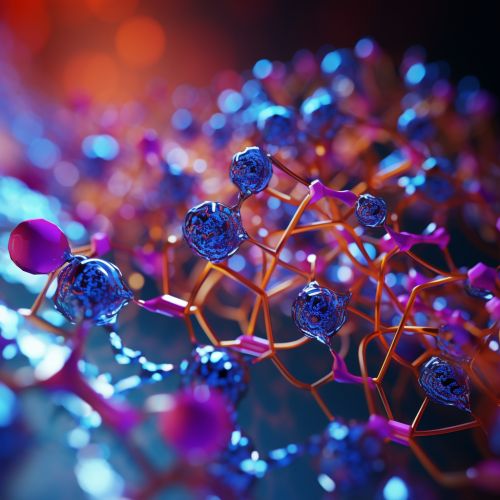
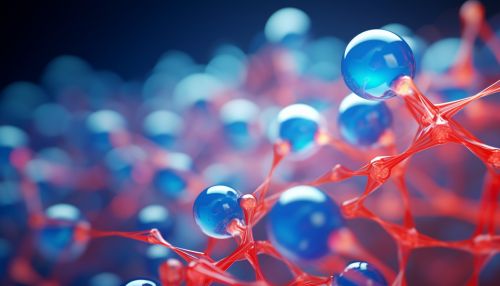
Enzyme Catalysis
Enzyme catalysis is a process in which enzymes speed up the rate of chemical reactions. They achieve this by reducing the activation energy required for the reactions to occur. Enzymes are proteins that are folded into complex shapes, allowing smaller molecules to fit into them. These smaller molecules are the enzyme's substrates. The specific region within the enzyme where the substrate binds is known as the active site.
Enzymes can catalyze up to several million reactions per second. They are crucial for life as they are involved in processes such as digestion and metabolism. Without enzyme catalysis, these reactions could take place at a much slower rate or not occur at all.
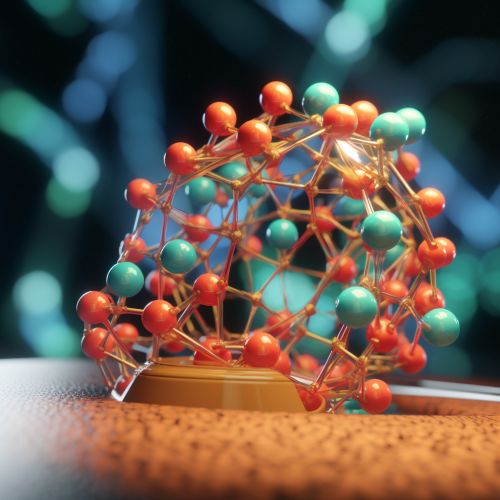
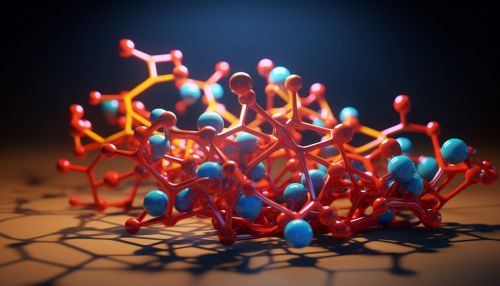
Mechanism of Enzyme Catalysis
Enzymes work by providing an alternative reaction pathway with a lower activation energy. They achieve this by binding to the substrate to form an enzyme-substrate complex. This binding can occur in several ways, including lock-and-key and induced fit models.
In the lock-and-key model, the active site of an enzyme is precisely shaped to hold the substrate, similar to a key fitting into a lock. In contrast, the induced fit model suggests that the enzyme's active site is flexible and changes shape until the substrate is completely bound.
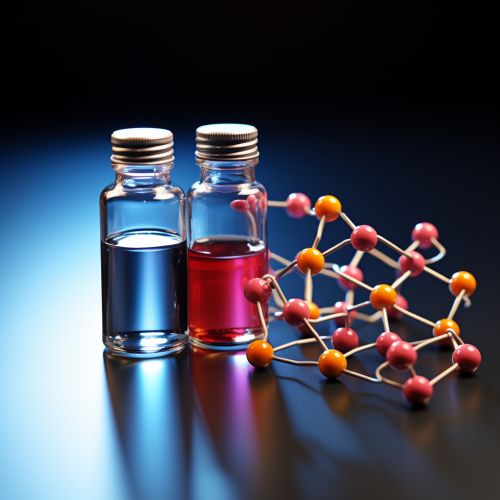

Metabolism
Metabolism is the set of life-sustaining chemical reactions in organisms. It comprises two main types of processes: anabolism and catabolism. Anabolism is the process of building up or synthesizing compounds needed by the cells, while catabolism is the process of breaking down compounds to release energy.
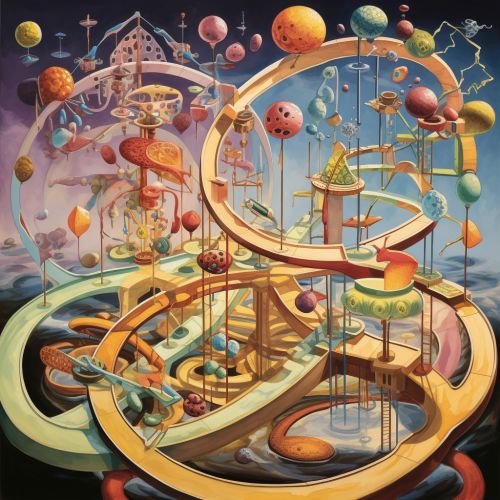
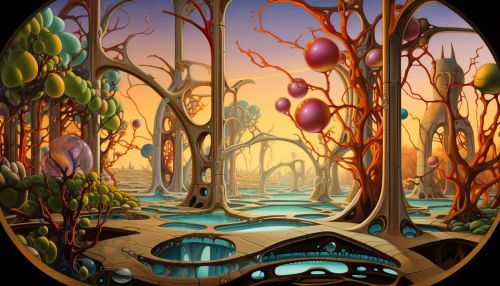
Anabolism
Anabolic reactions, or biosynthetic reactions, use energy to construct components of cells such as proteins and nucleic acids. These reactions are generally endergonic, meaning they require an input of energy. Anabolic processes build reservoirs of energy and construct the cellular components from small and simple precursors.
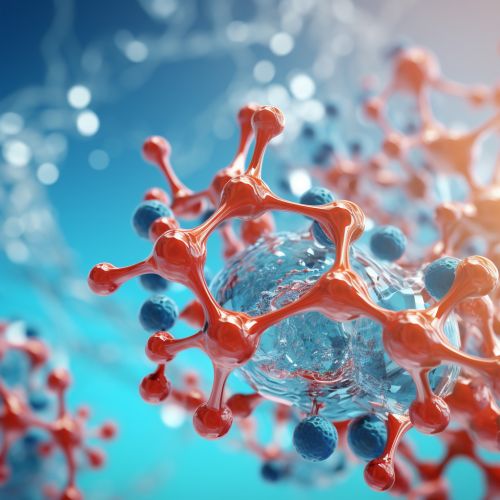
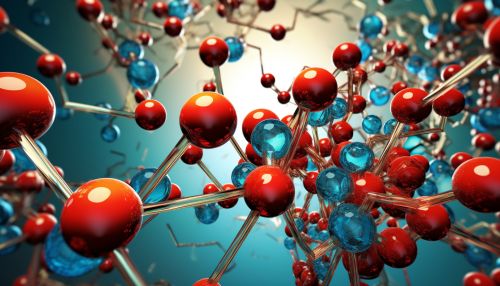
Catabolism
Catabolic reactions break down large, complex molecules to provide energy and smaller molecules. These reactions are generally exergonic, meaning they release energy. Catabolic processes such as digestion and cellular respiration break down molecules into smaller units and release energy.
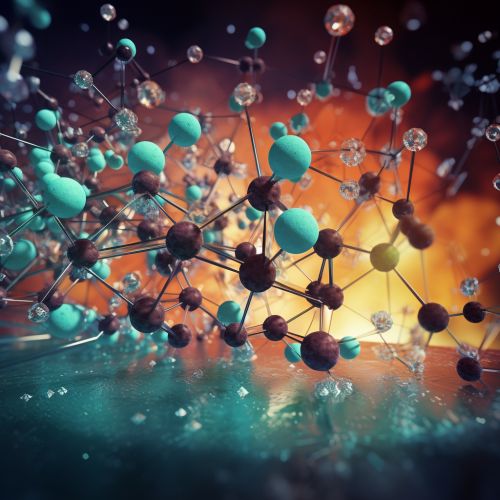
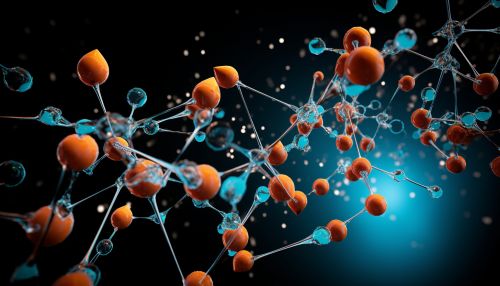
Enzymes in Metabolism
Enzymes play a crucial role in metabolism as they allow the organism to drive desirable but thermodynamically unfavorable reactions by coupling them to favorable ones. They also provide a control mechanism for metabolic pathways. The rate of an enzymatic reaction can be influenced by changes in the concentrations of its substrates or products, or by regulatory molecules.
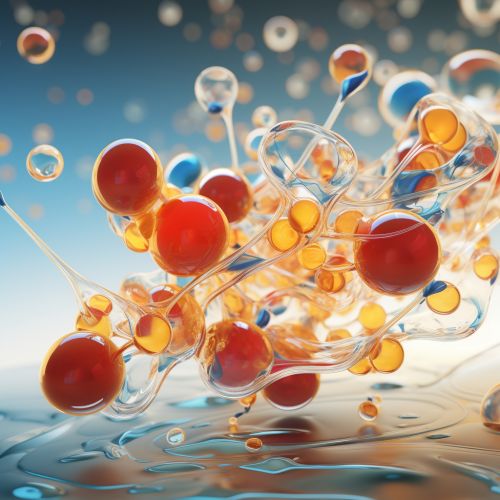
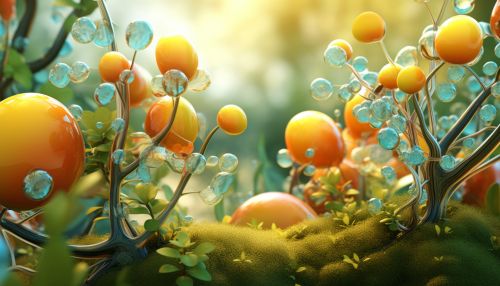
Conclusion
Understanding the biochemistry of enzyme catalysis and metabolism is fundamental to the study of life. Enzymes, as biological catalysts, play a vital role in speeding up chemical reactions in cells, while metabolism represents the chemical reactions that occur in organisms to sustain life. The interplay between enzyme catalysis and metabolism is a complex and fascinating area of study that continues to reveal new insights into the workings of life at the molecular level.
